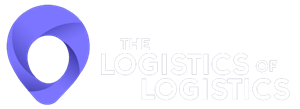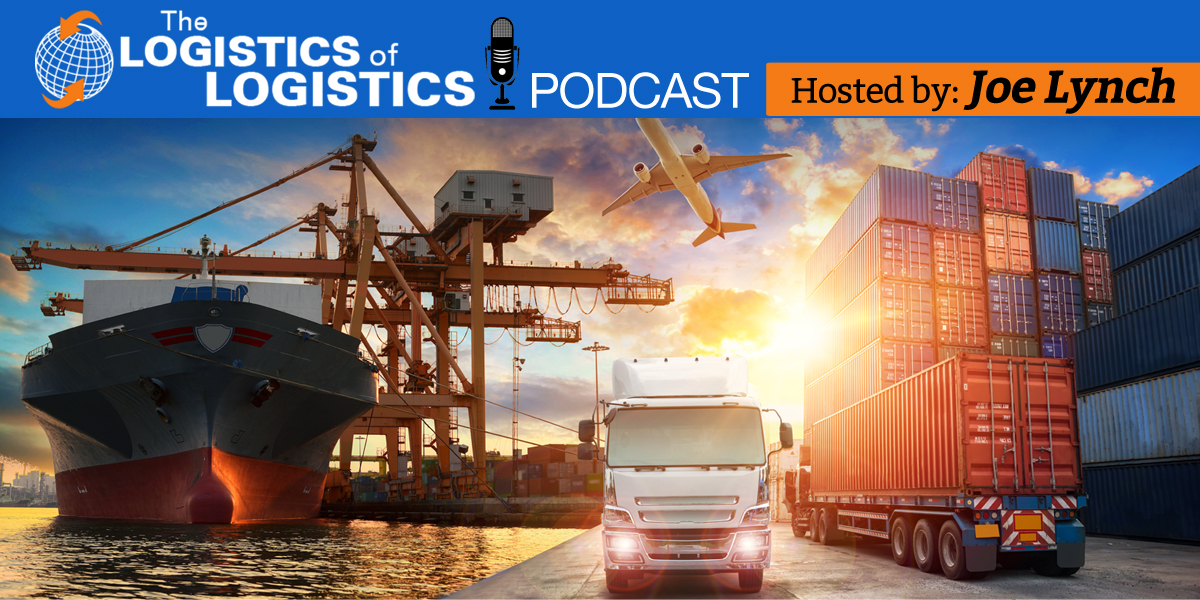[0:43] Please tell us about your background.
- Andrew Kelley is a global technology executive focused on logistics and supply chain software.
- He is CEO of Bell Creek Partners consulting to lower middle market private equity firms and with the objective of buying a single platform business to run as CEO.
- Previously he was with Vista Equity-backed Omnitracs as President of Haulme and VP Corporate Development. Prior to that, he worked at Dell focused mostly on venture investing including Nutanix, a successful $2B IPO.
- Overall, he has executed $30B of combined M&A and investments mostly with UBS Investment Bank’s Technology, Media & Telecom group.
- He began his professional career co-founding Virtual Ink at MIT in 1997 and that product, Mimio, is now part of Boxlight Corporation. Andrew has an MBA from Harvard Business School, an MSME from MIT, and a BSME from North Carolina State University
[1:15] How’d you get into the freight business?
- I grew up on a produce farm in Maryland and that’s how I started truck driving. I’ve also driven for the North Carolina Department of Transportation.
[2:17] What are you doing today?
- I spend all my time in supply chain and logistics because I think it’s fascinating and that there are big opportunities.
[3:07] Tell us about Powerloop and its implications on the freight business.
- Uber launched Uber Freight a few years ago. Now, Powerloop is the latest offering from Uber Freight. Effectively, it’s a trailer leasing business.
- Powerloop allows for power-only units to drop and hook trailers that are pre-filled and ready to go. The advantage is that you don’t have to wait for the loading and unloading.
[5:02] Is it good for shippers too?
- It should be. There’s a supply/demand imbalance now which causes shippers to pay more, and the costs trickle down to the end consumer.
[6:25] What is the overall landscape for assets like tractors and trailers?
- There are about three times more trailers than tractors in the US.
- It’s hard for Company A to figure out how to lease or allow Carrier B to tap into some of their empty trailer capacity. Having a third party oversee the process is favorable for both companies.
- I think, overall, it’s beneficial to have more capacity in the marketplace. What is the nature of that capacity? I’m not sure we can figure that out right now.
[9:53] What does this mean for the average broker or 3PL?
- I think it’s positive, based on the brokers I’ve talked to.
- The closer they are to being able to guarantee capacity, the easier it is for them to work directly with shippers and increasingly larger shippers.
[11:36] Do you think the ELD mandate influenced the creation of Powerloop?
- ELD constrained some driveable hours. The more driveable hours that there are in a day, the better it is for everyone.
- People say that the ELD mandate is the reason that the cost of freight has been surging. I think that’s part of it, but not all of it.
- It’s crazy that some drivers can do 2500 miles a week and struggle to make ends meet.
- Like all innovations, I think having a “customer first” mentality is essential. I’m hopeful that this will benefit drivers the most, but also will have a positive impact for shippers and consumers.
[17:28] Do you imagine other freight brokerage companies investing through buying trailers like Uber is?
- I think it’s possible. One of the challenges right now is that the ability to buy a trailer is really tough. There’s an increasing backlog and the manufacturers are struggling to keep up with the demand.
- A fair number of asset-heavy carriers out there now also have substantial brokerage businesses. If they don’t have an asset in the right place at the right time, being able to call a friend in the moment is very important.
[21:07] What are the benefits of this to the industry?
- The number one benefit, I’m hoping, is that the number of driveable hours increases. That’s positive for drivers because they will spend a lot less time detained, and for shippers because they are able to get more goods out to their end market.
- Customers usually look at ROI, and they will have to weigh the cost and the benefit to figure out if it’s really going to work for them.
[22:27] How can people reach you?
- LinkedIn: https://www.linkedin.com/in/kelleyan/

